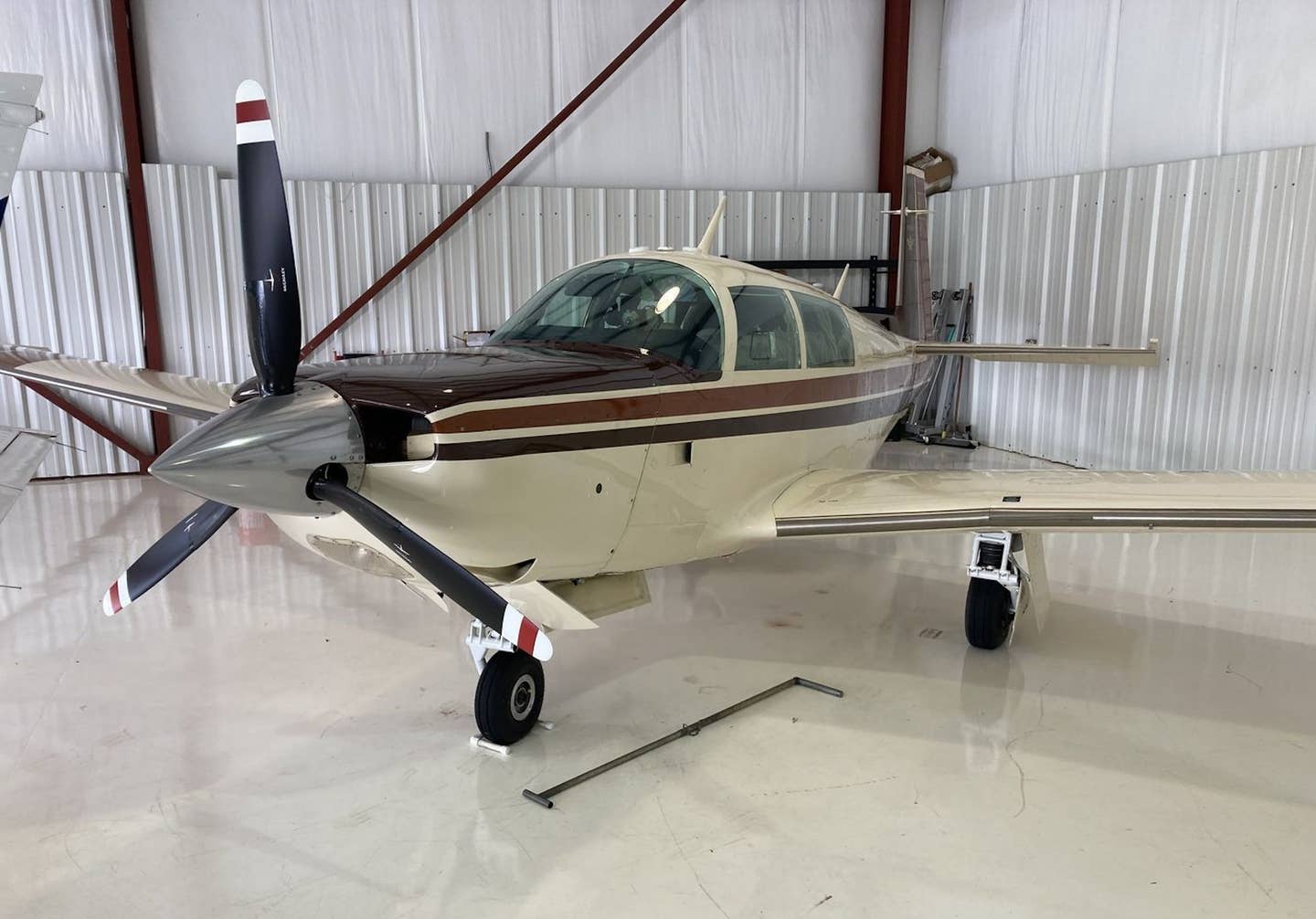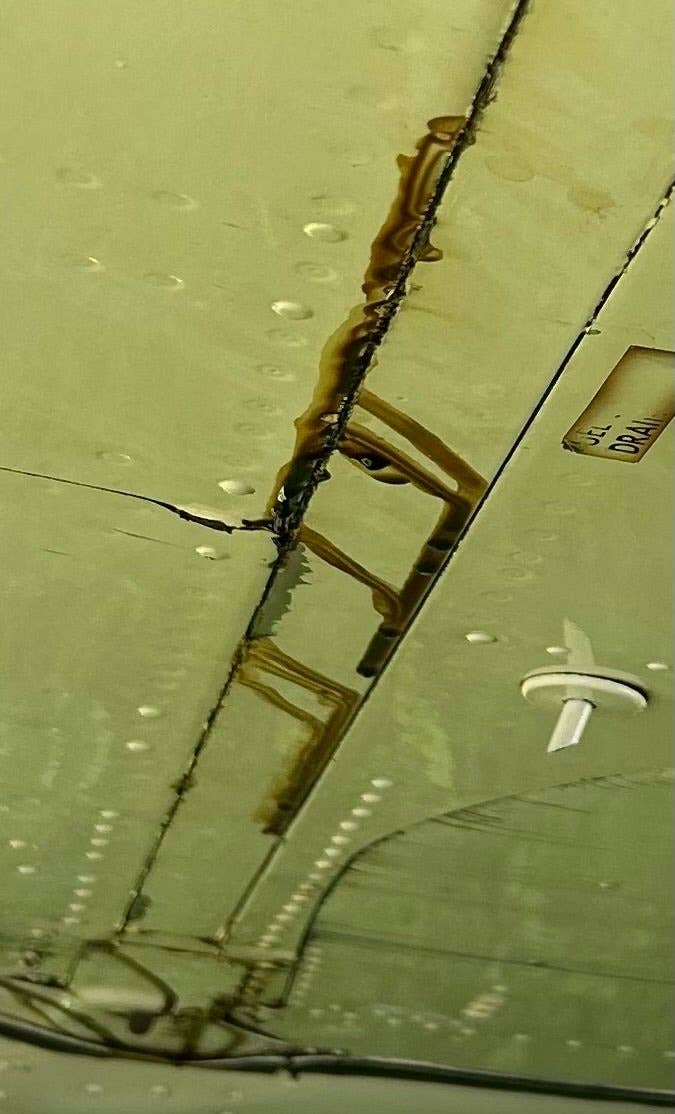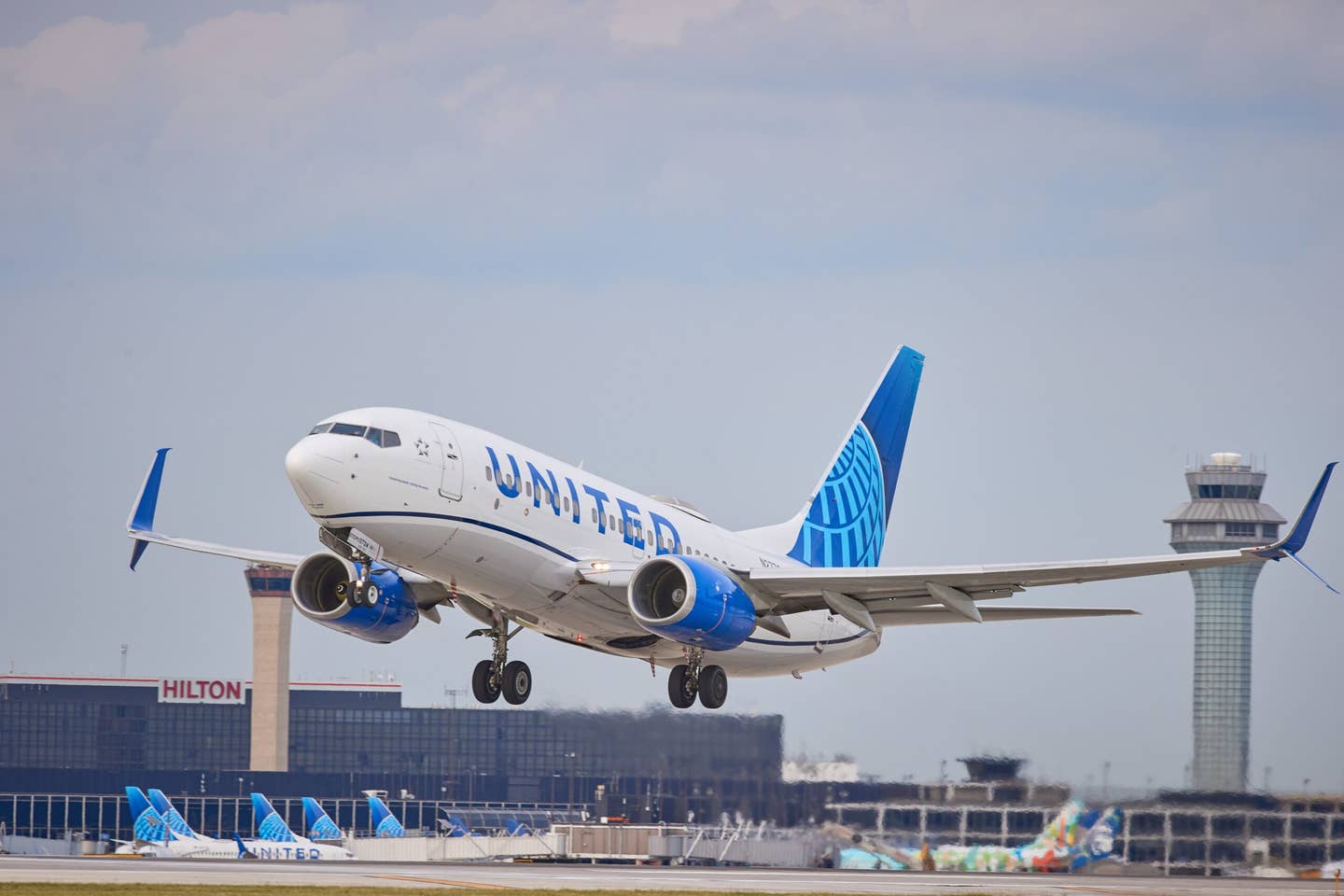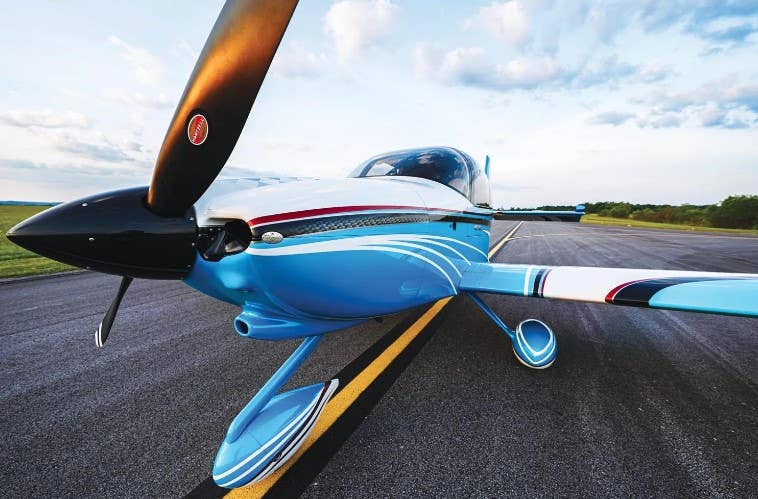Boeing Presents Quality Control Improvement Plan to FAA
The FAA said it will increase the number of safety inspectors in Boeing facilities.
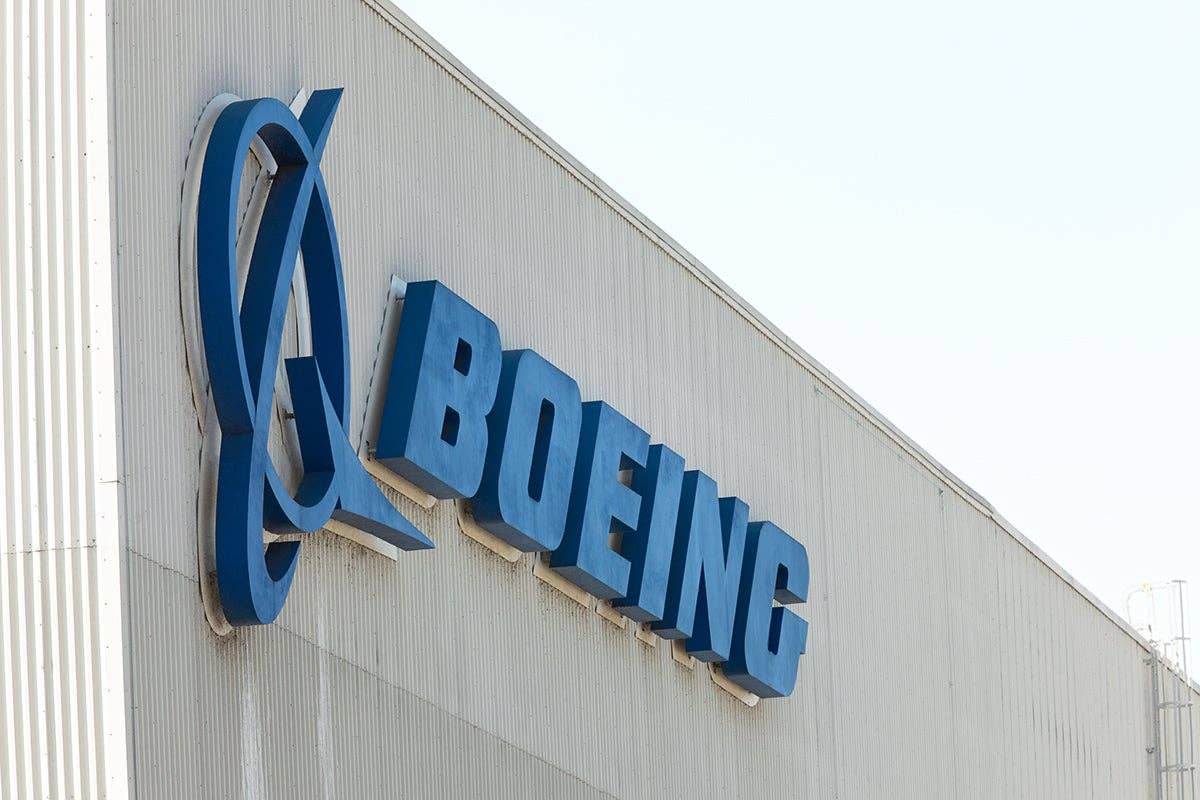
The FAA had given Boeing 90 days to address what it described as “systemic quality control issues.” [Credit: Shutterstock]
Boeing officials met with members of the FAA Thursday to share the company's plan to fix the safety and quality control issues that have dogged the aerospace giant since 2018.
The meeting marked the end of a 90-day period ordered by the FAA for the company to address what the agency described as "systemic quality control issues" after an Alaska Airlines 737 Max 9 lost a door plug shortly after takeoff in January.
"This is not the end of oversight," FAA Administrator Michael Whitaker said. "This is the beginning of the next chapter."
Whitaker met with Boeing officials, including President and CEO Dave Calhoun, for three hours Thursday morning. During the meeting, Boeing revealed to agency officials its improvement plan.
“I made clear once again that we need to see a strong and unwavering commitment to safety, which must always come first,” Whitaker said. “Systemic change isn't easy but in this case is absolutely necessary, and the work is never really done when it comes to the safety of the flying public—from Boeing, airlines, or the FAA. But we will hold the company accountable every step of the way to make sure these changes happen.”
Whitaker said the FAA has been having regular meetings with the airplane manufacturer throughout the last three months to ensure it understood the agency's expectations, and that progress was being made.
According to the FAA, the agency required Boeing to provide a detailed update on completed actions as well as mid- and long-term actions to be taken to improve quality and safety. Those actions include:
- Strengthening its safety management system, including employee safety reporting
- Simplifying processes and procedures, and clarifying work instructions
- Enhancing supplier oversight
- Enhancing employee training and communication
- Increasing internal audits of the production system
Boeing was also required to identify the results of completed actions and detail how it will monitor those and future actions to validate progress and sustain the changes.
Whitaker said the FAA will increase the number of safety inspectors in the Boeing and Spirit AeroSystems facilities where 737 fuselages are built to observe, monitor, and interact with employees to gauge the effectiveness of changes. It will also make additional inspections at critical points of the production process, audit the production process, and monitor quality system metrics to identify any areas of concern.
The 737 is Boeing's best seller, however the company's request to increase monthly production to 50 aircraft was denied by the FAA. Currently the cap sits at 38, but company officials said they are not producing that many at the present time.
According to Whitaker, the cap will remain until the FAA is sure that the company has made and can sustain changes to its production process and safety culture that will support the quality of aircraft and resolve the 737 Max issues.
"The FAA wants to make sure these are lasting changes and they are using all the tools at their disposal," he said. "We won't lift the cap until we are satisfied these are lasting changes."
Following the door plug blowout, the FAA immediately grounded 171 Boeing 737-9 Max aircraft operated by U.S. airlines or in U.S. territories, and increased onsite safety inspectors at Boeing’s facility in Renton, and Spirit AeroSystems’ facility in Wichita. The agency also halted production expansion of the Boeing 737 Max.
Whitaker visited the Boeing factory in Renton to see the 737 production line and to talk to Boeing employees about the company's quality control process. He encouraged the employees to report any issues they observed to the FAA.
The FAA also conducted an audit of Boeing’s production line, identifying non-compliance issues in Boeing’s manufacturing process control, parts handling and storage, and product control. Due to an ongoing investigation, the agency has not released details.
Whitaker added that the safety plan is proprietary to Boeing, and the company would be the entity to decide if the release of details is appropriate.
Leadership Changes
The door plug event resulted in a massive management shake-up at Boeing, not the least of which was the announcement by Calhoun that he would be stepping down at the end of the year. His replacement has not yet been named.
In its annual safety report issued May 24, Boeing said the company had taken steps to comply with the order for an improvement plan, which included creating new training materials for manufacturing and quality control, and increasing the number of training hours required for employees.
The company has made a greater emphasis for employees to speak up if they see something that may be compromising quality or safety, according to the company report.
"Since the 737-9 accident in January 2024, the company redoubled its efforts to encourage employees to raise concerns about product and services safety, quality and compliance," it said. "The result was a more than 500 percent increase in Speak Up reporting channel submissions in early 2024 compared to the same period in 2023."
More Legal Woes
Earlier this month, the Justice Department stated the aircraft manufacturer violated a settlement that allowed the company to avoid criminal prosecution after the 737 Max crashes in 2018 and 2019 that resulted in the deaths of 346 people.
According to the Justice Department, Boeing failed to make changes in the name of safety it agreed to in January 2021 as part of a $2.5 billion settlement to avoid prosecution of a charge of fraud for misleading federal regulators who approved the aircraft for operations.
The crashes were blamed in part on a new automated flight control system called Maneuvering Characteristics Augmentation System (MCAS). The pilots allegedly had not been informed that the system had been installed on the aircraft, nor were they trained on its use. Shortly after takeoff, the MCAS activated and pushed the nose of the jets down in an unrecoverable dive.
After the second crash, the FAA ordered an immediate grounding of the 737 Max.
During the investigation Boeing tried to downplay the role of the MCAS in the accident, then later blamed two relatively low-level employees for misleading the FAA on the MCAS prior to certification.
The government entered into negotiations agreeing not to prosecute the aerospace manufacturer on a charge of defrauding the United States by deceiving authorities about the flight system.
The settlement included a $243.6 million fine, a $500 million fund for victim compensation, and nearly $1.8 billion to airlines whose Max jets were grounded for nearly two years.
Boeing was given three years to come up with and apply these programs, and had to prove it had made these changes. The deadline for this was in the second week of January—just days after a midair blowout on Alaska Airlines flight 1282.
In a previous statement to FLYING, Boeing acknowledged it had “received a communication" from the Justice Department, stating that the Department determined the company had not met its obligations under the 2021 deferred prosecution agreement.
"We believe that we have honored the terms of that agreement," the statement continued, "and look forward to the opportunity to respond to the Department on this issue. As we do so, we will engage with the Department with the utmost transparency, as we have throughout the entire term of the agreement, including in response to its questions following the Alaska Airlines 1282 accident.”
Boeing has until June 13 to respond to the government's allegations, at which time the Justice Department will decide if prosecution should be pursued.
In the meantime, Boeing faces a separate criminal investigation into the Max 9 blowout while it simultaneously tries to improve its operation.
"After the January 5 accident involving a 737 airplane, we took immediate containment and mitigation actions to ensure airplane safety," Calhoun said in a statement sent to FLYING. "We also made the decision to slow production as we took a hard look across every facet of our operations. We listened to our employees, engaged transparently with our regulator, welcomed the findings and recommendations from the FAA’s ACSAA panel review, and invited scrutiny from customers and independent experts. Based on that feedback and oversight, today we presented to the FAA our comprehensive plan to strengthen our safety management, quality system, safety culture and ODA responsibilities."
Stephanie Pope, president and CEO of commercial airplanes at Boeing, added, "We are confident in the plan that we have put forward and are committed to continuously improving. We will work under the FAA’s oversight and uphold our responsibility to the flying public to continue delivering safe, high-quality airplanes."

Subscribe to Our Newsletter
Get the latest FLYING stories delivered directly to your inbox

